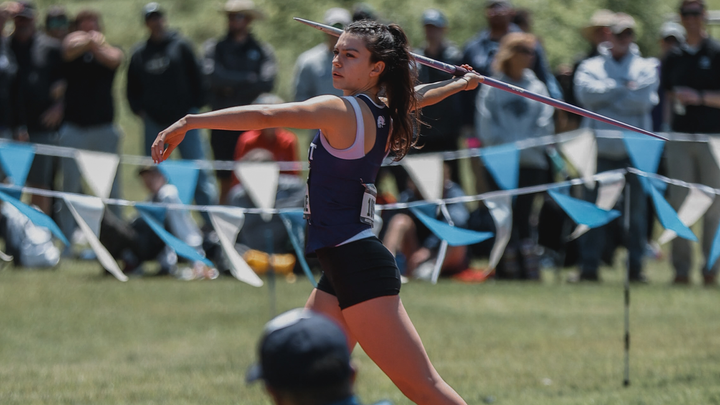Fans in the Stands
Among the numerous sports leagues that had to halt play last year because of Covid-19, Major League Baseball (MLB) was arguably the most affected. While the National Basketball Association (NBA) and the National Hockey League (NHL) were able to finish their seasons in a bubble, and the National Football League (NFL) completed its season with relative ease, the MLB had to drastically shift its approach because the pandemic hit right before their season was supposed to start. Following months of negotiation between the MLB and the MLB Player Association over what the pandemic-shortened season would look like, the 2020 season was finally set to begin on July 23, albeit with several radical changes.
First, the designated hitter rule, a longtime staple of the American League, was put into place in the National League as a test case for future implementation. Additionally, in the case of a doubleheader, both games ended after only seven innings instead of the traditional nine to reduce the time that the players had to spend together in the dugout. Beginning in the 10th inning (8th inning for doubleheaders), and continuing until the end of the game, each team started with a runner on second base before a single pitch was thrown for the same reason. And most importantly, the standard 162-game season was slashed to just 60 with the number of postseason teams expanding from 10 to 16 to increase the revenue for the TV deals. With this list of changes, the 2020 season was different than any other in MLB history. But as the MLB prepares for Opening Day of its first full post-Covid season, at least one symbol of normalcy is returning to the ballpark: the presence of fans.
Given that each MLB franchise hosts 81 games per year and that the stadium that houses them often seats more than double the capacity of an NBA arena, it’s safe to say that they sell more tickets collectively than any other sport. That made last season even more difficult for the MLB in comparison to other leagues. Although the league was able to host 12,000 fans per night for the World Series, the large majority of games were played behind closed doors, where the thousands of empty seats and lack of background noise made the sobering realities of the pandemic all the more evident.
However, if the pandemic hit baseball at the exact wrong time last year, then the vaccine distribution is here at just the right time. The declining number of Covid cases and deaths combined with the increasing tally of vaccinated people have encouraged every MLB team to plan on having some fans in attendance at some point in the season, whether that’s on Opening Day or an undetermined date in the future.
As is the case with the other major sports leagues, the MLB doesn’t decide how many people are allowed into the stadiums. Each team must ensure that the number of tickets it offers is in accordance with local health and safety regulations. Due to Texas’ lax restrictions, the Texas Rangers will be permitted to host a full crowd of 40,518 for their April 5 home opener against the Toronto Blue Jays, the first sporting event to do so since the pandemic began. They will then reduce their capacity slightly for the rest of the games in April and May using socially distanced seating pods, but it remains an extremely aggressive approach when no other franchise is even allowing 50 percent capacity.
Speaking of the Blue Jays, the team isn’t able to play any games north of the border due to the U.S.-Canada border restrictions. The Blue Jays borrowed the stadium of their Triple-A affiliate in Buffalo for 2020, and they are set to kick off the 2021 season on the field of their Single-A affiliate in Dunedin, Florida. Most teams are anticipating somewhere between 20 to 30 percent of their typical capacity. One notable exception is the Colorado Rockies, whose home state recently approved the team’s proposal to allow 21,363 fans per game, or 42 percent of the normal maximum. Another is the Boston Red Sox, a team that will only welcome about 4,500 fans into Fenway Park for Opening Day, about 12 percent of the stadium’s capacity. As more people are able to get the vaccine and the warmer weather permits outside gatherings, it’s likely that the number of fans in seats will only increase.
As for Covid-19 protocols, the MLB has mandated that all ballparks require mask-wearing and social distancing. The league hasn’t instituted a requirement for proof of a vaccine or a negative Covid test for entry, but many teams have shared plans to do just that. Nonetheless, there remains an ethical question associated with having fans attend games at a critical juncture in the battle against the pandemic. The major soccer leagues in Europe have continued without any fans for most of the season. Meanwhile, every major U.S. sports league has permitted the presence of some amount of fans since the beginning of the NFL season, even during the worst months of the pandemic during the winter. There are plenty of reasons for optimism with regard to how quickly pre-pandemic life can be restored, but that’s no excuse for complacency. Safe solutions in welcoming fans back to ballparks are essential and reducing stadium capacity to around 25 percent is a good first step. In order to better ensure the safety of all in attendance, the MLB should require that everyone produce either a recent negative Covid-19 test or proof of a vaccination before they can buy a ticket. As long as it’s done safely, there’s no doubt that the presence of fans cheering on their favorite teams under a shining sun on a crisp April day is an auspicious sign of brighter days on the horizon.




Comments ()